Nestled in the picturesque town of Lismore in County Waterford, Ireland, Lismore Castle boasts a rich history that spans over 800 years. From its origins as a strategic stronghold to its transformation into a magnificent residence, Lismore Castle has borne witness to some of the most significant events in Irish and British history. This article delves into the fascinating past of this stately castle, from its creation by Prince John to its modern-day ownership by the Dukes of Devonshire.
Early History: A Royal Stronghold
The story of Lismore Castle begins in 1185 when Prince John, the future King of England, constructed a “castellum” on the current site. Upon his ascension to the throne, King John entrusted the castle to the Church, and it served as a Bishop’s Palace until 1589. The oldest remaining part of the castle is a 13th-century round tower, which stands as a testament to its medieval origins.

Ownership by Sir Walter Raleigh and Richard Boyle
In 1589, the castle’s lease was acquired by Sir Walter Raleigh, an English explorer, writer, and politician. Raleigh later purchased the castle outright but lost possession of it in 1602 after being imprisoned for high treason. Richard Boyle, who would later become the first Earl of Cork, bought Lismore Castle and 42,000 acres of land for £1,500. Boyle’s youngest son, Robert Boyle, the renowned philosopher and father of modern chemistry, was born at Lismore Castle in 1626.
The majority of the present-day castle dates back to the era of the first Earl of Cork, and his coat of arms can still be seen above the main entrance gate.
Cromwellian Wars and Restoration
Lismore Castle played a prominent role during the Cromwellian wars. In 1645, Lord Castlehaven, commanding a force of the Catholic confederacy, sacked the town and castle. Some restoration work was undertaken by the second Earl of Cork, but from then until 1800, the castle’s owners largely neglected the property.
James II, who had been deposed as King of England, stayed at Lismore Castle in 1690 after the Battle of the Boyne. He then traveled from Dublin to Kinsale before fleeing to France.

Ownership by the Dukes of Devonshire
In 1753, Lismore Castle and its lands passed to the fourth Duke of Devonshire, William Cavendish, following his marriage to Lady Charlotte Boyle, the sole surviving daughter and heiress of the fourth Earl of Cork. The sixth Duke, known as the bachelor Duke, embarked on a comprehensive restoration of the castle.
Joseph Paxton, a talented botanist, inventor, engineer, architect, and town planner, played a critical role in shaping Lismore Castle between 1840 and 1858. Paxton not only designed the iconic Crystal Palace for the London exhibition of 1851, but also held various positions, such as army works organizer and member of Parliament.
20th Century and Beyond
During the 1930s and 1940s, Lismore Castle was home to Adele Astaire, the sister of famous dancer Fred Astaire. She married Lord Charles Cavendish, the uncle of the current Duke of Devonshire. Fred Astaire frequently visited Lismore Castle during this period, leaving playful notes in the visitors’ book.
Andrew Cavendish, the 11th Duke of Devonshire, was born in 1920 and passed away in 2004. His brother, who was married to Kathleen Kennedy, sister of President John F. Kennedy, died in 1944 while serving in the military. Tragically, Kathleen Kennedy also met an untimely end in a plane crash just four years later.
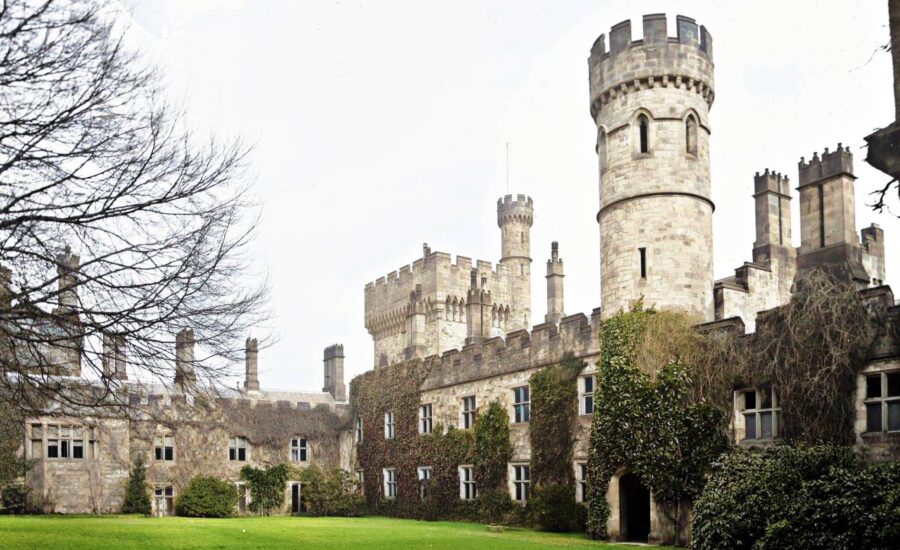
The Present Duke and the Legacy of Lismore Castle
Today, Lismore Castle is under the stewardship of Peregrine Cavendish, the 12th Duke of Devonshire, who was born in 1944. The castle continues to stand as a symbol of the rich heritage of the region and serves as a reminder of the many influential figures who have called it home.
Over the centuries, Lismore Castle has evolved from a strategic fortress to a stately residence, welcoming royalty, politicians, artists, and scientists. Its rich history and architectural significance make it an important cultural landmark and a testament to the enduring legacy of the Cavendish family.
In recent years, the castle has been opened to the public for guided tours and events, providing a rare glimpse into the past and the lives of the remarkable individuals who shaped its history. As the castle continues to stand proudly on the banks of the River Blackwater, it serves as a window into the past, offering a fascinating journey through time for all who visit its storied halls.



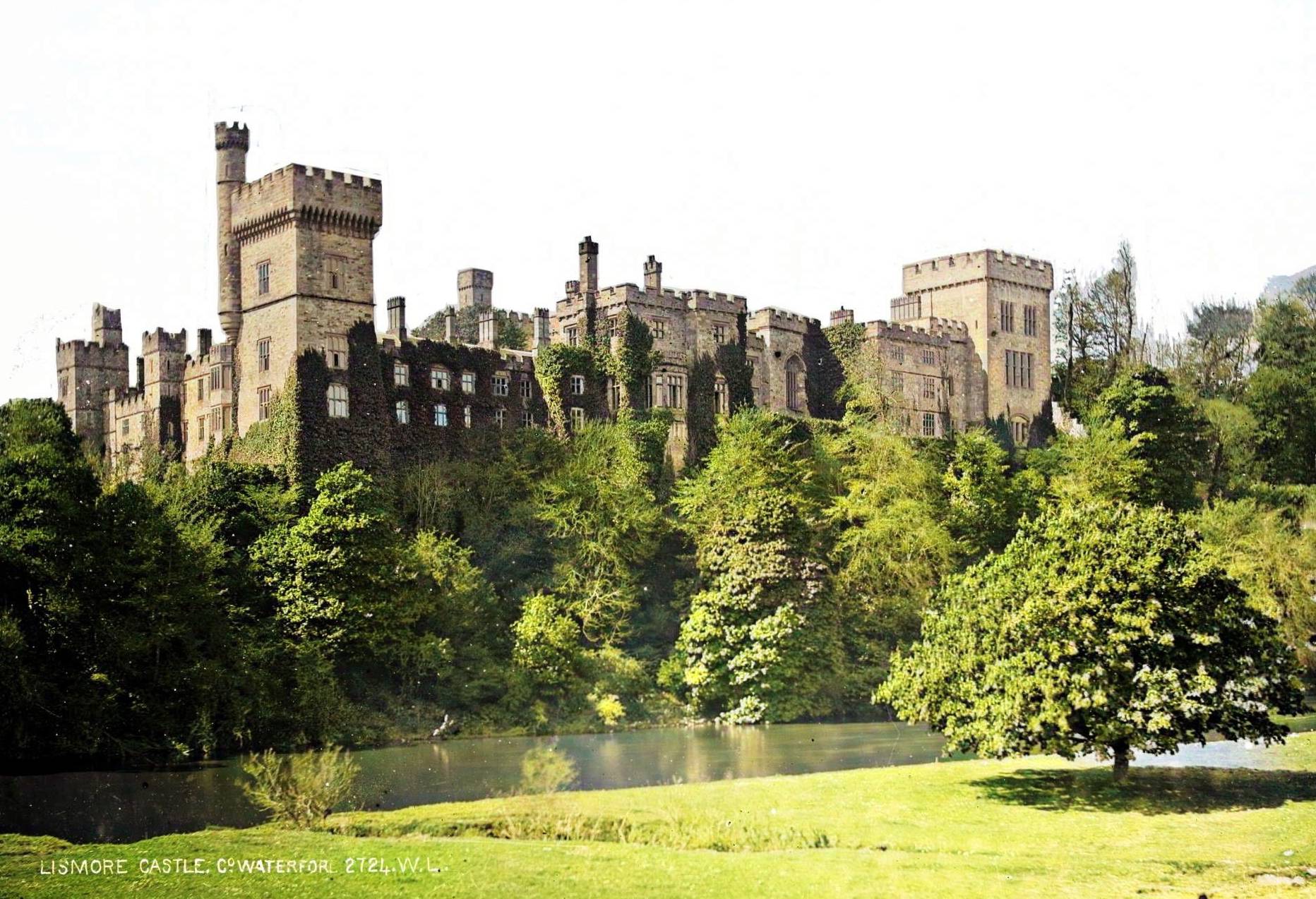
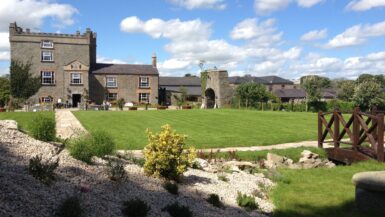
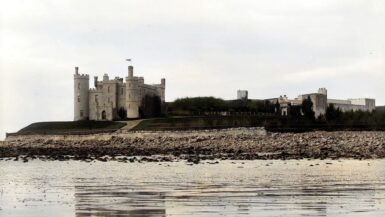
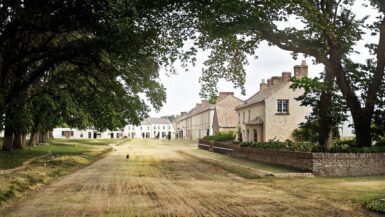
Leave a reply